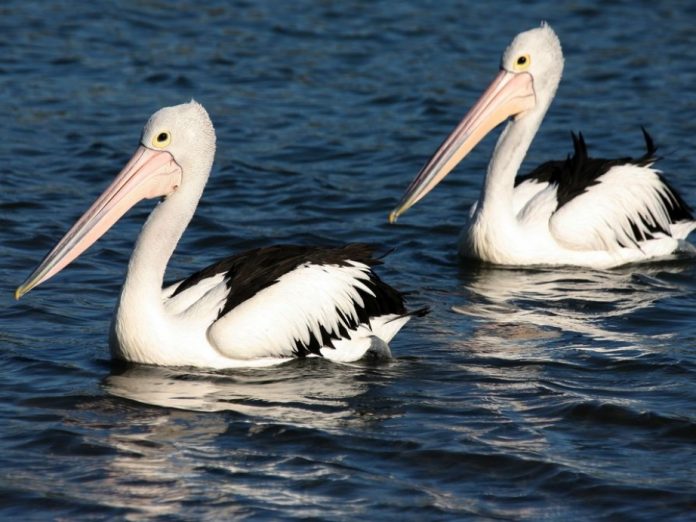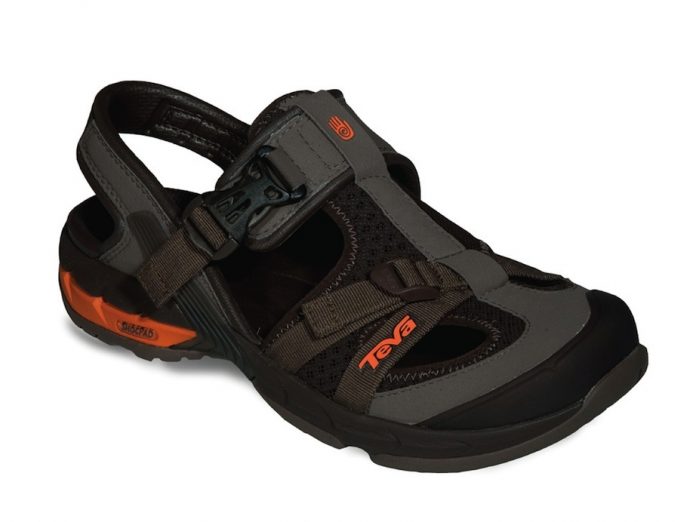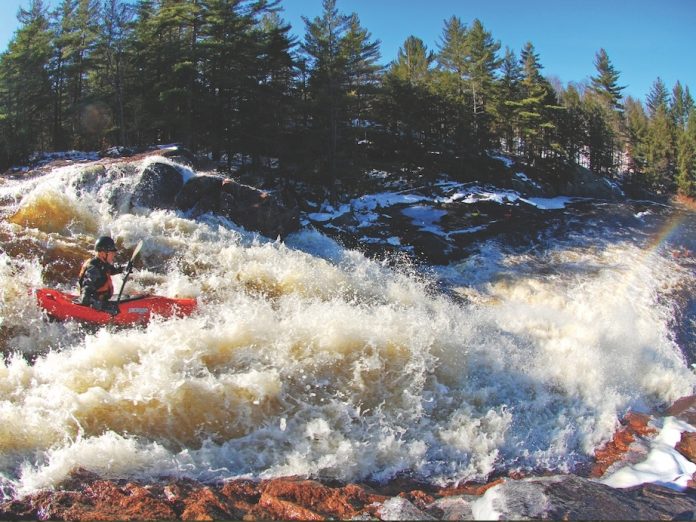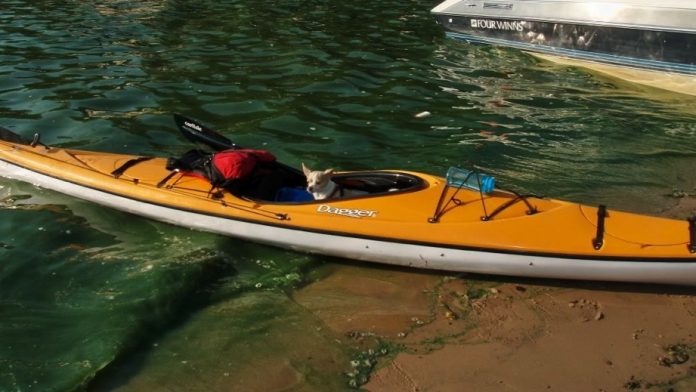Every year, spring runoff entices paddlers to brave the frigid water, unpredictable levels and boulder-strewn runs of the Northeast. The breadbasket states challenge even seasoned class V paddlers with some of the wildest, most technical drops, canyons, gorges, creeks, undercuts and falls in the country. Rapid asked veteran Northeast hair boaters for their pick of the region’s 12 toughest runs. Pack a clean pair of shorts if you fire up a spring road trip to any of our dirty dozen.
Oswegatchie River
Upstate New York
Each section of the Oswegatchie can be run on its own or combined into one of the best days on any river. The Fine section is paddled the least and has a handful of big, powerful drops that will truly test your courage. The Middle Branch saves its crux for the end of the run— Sluice Falls. This is a steep, multistage drop that pinches through an opening just over a boat width wide with a rock outcropping that can literally knock your block off. Drive hard river left, duck and cover. —Phil Kompass and Geoff Boyd
Big Branch River
Danby, Vermont
The continuous nature of the Big Branch can mean 15-minute laps for boaters who know their way around the river or a full-day mission for groups unfamiliar with the run. Slick rock walls line cave drops, but the true beauty of the Big Branch comes from its seemingly endless boofs and relentless action. —Nate Warren
Raquette River
Colton, New York
The Raquette will keep your pride in check. Maybe it’s the hyper-aggressive rock or the shallow—but not shallow enough—slides, or maybe it’s the channel-wide holes that make it so ominous. Starting off with a 50-foot chute into a hungry hole, this river packs a lot of whitewater into its one-and-a-half-mile length, making it great for a multi-run day. —Phil Kompass
Gulf Hagas—West Branch of the Pleasant River
Brownville Junction, Maine
Gulf Hagas is a three-mile section of whitewater along the northern reaches of the Appalachian Trail. It boasts clean waterfalls, long technical rapids and mandatory class V. Hundred-foot, overhanging cliff walls with protruding ice formations characterize a typical late spring run down Hagas. A bad place for broken gear, this is frequently a place of broken egos, too. —Nate Warren
Upper Pemigewasset River
Franconia Notch, New Hampshire
The put-in for this run used to be right below the Old Man in the Mountain, a famous rock formation that can be seen on signs and license plates throughout New Hampshire. They didn’t move the put-in; the old man’s face fell off in 2003. As for the river itself, its challenging drops are most difficult at high water when the granite slides are fluid and the perpetual whitewater causes sections to blend together. —Nate Warren
Middlebury Gorge
East Middlebury, Vermont
The Middlebury Gorge is one of the holiest places to paddle. The inner gorge is sure to amaze even the most well traveled boater with a 15-foot vertical drop, an elusive boof and two undercut eddy pools below. If you don’t know the lines, follow close behind someone who does. Otherwise you risk landing in one of the many undercuts that make a clean run through the Middlebury so critical. If the first quarter mile feels like boat abuse, you probably hit the gorge at its best. —Nate Warren
Twin Falls section of the Grass River
Degrasse, New York
Lengthy canyons and some of the biggest drops in New York make this stretch of the Grass one of the toughest runs in the state. It’s also typically snowing when the Twin Falls section is at a runable level, adding to the rush. —Geoff Boyd
Bottom Moose
Fowlersville, New York
No list of tough rivers in the Northeast is complete without the Moose. Spring flows typically make this run quite juicy with some pretty serious holes along the way. Multiple lines are available for each drop, allowing you to make your day as tough or not-quite-as-tough as you want. —Geoff Boyd
Boquet River
Keene, New York
A Lake Placid area standout, the Boquet keeps creekers who have spent too much time away from the mountains from getting soft. One mistake can quickly lead to another on this hectic river where wild rapids and gnarly boulders keep your mind and body fully alert. —Phil Kompass
Hornbeck’s Creek
Pike County, Pennsylvania
Dumping into the Delaware Water Gap, this two-mile creeky section is white-knuckle all the way. Steep slides, 90-degree turns, undercuts, 20-foot drops and narrow slots round out Hornbeck’s host of nasty features. Strainers and sieves add to the technical nature of this run—a great opportunity to brush up on your scouting skills. —Michael Mechan
Sawyer River
Livermore, New Hampshire
This four-mile boulder garden in the Mt. Washington valley is worth the long drive and hike in. Bring an experienced Sawyer paddler or be prepared to spend a good chunk of your day scouting. The river has few distinct rapids and it gets steeper as it progresses. Don’t make this your warm-up run for the season. —Nate Warren
John’s Brook
Keene Valley, New York
It takes time, effort and luck just to put on this damn run. John’s Brook is much steeper than the pool and drop rivers most characteristic of the Northeast. The unrelenting pitch, healthy dose of wood and sieves, and difficult, continuous class V whitewater make this run stand out on the list of contenders. —Phil Kompass
This article originally appeared in Rapid magazine, Spring 2011. Download our free iPad/iPhone/iPod Touch App or Android App or read it here.



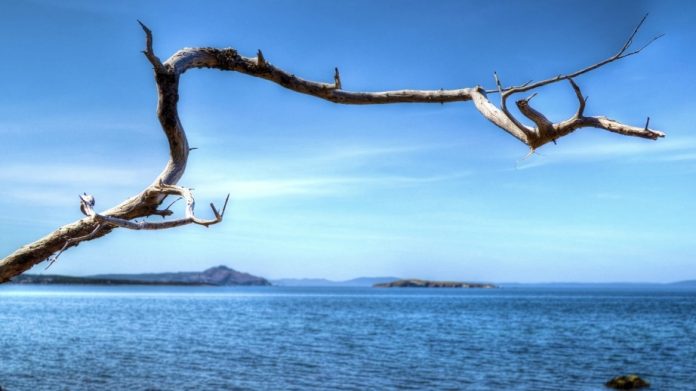
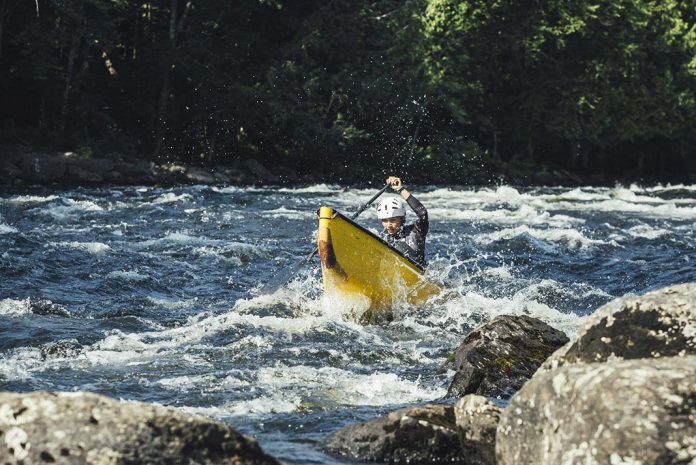
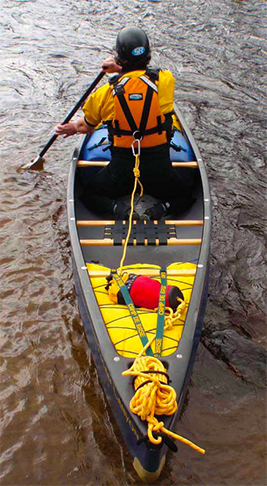
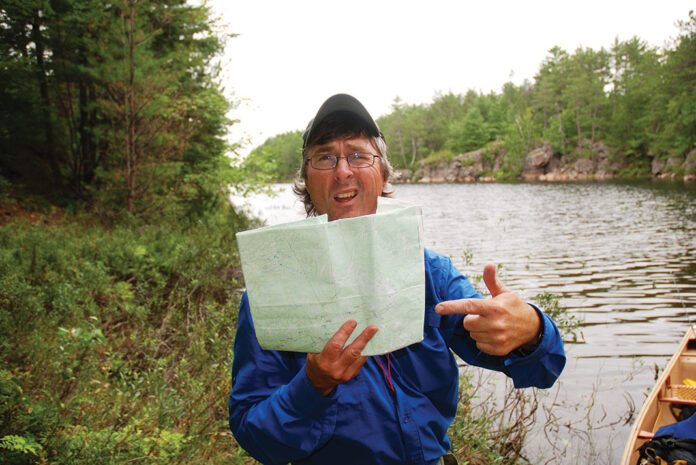

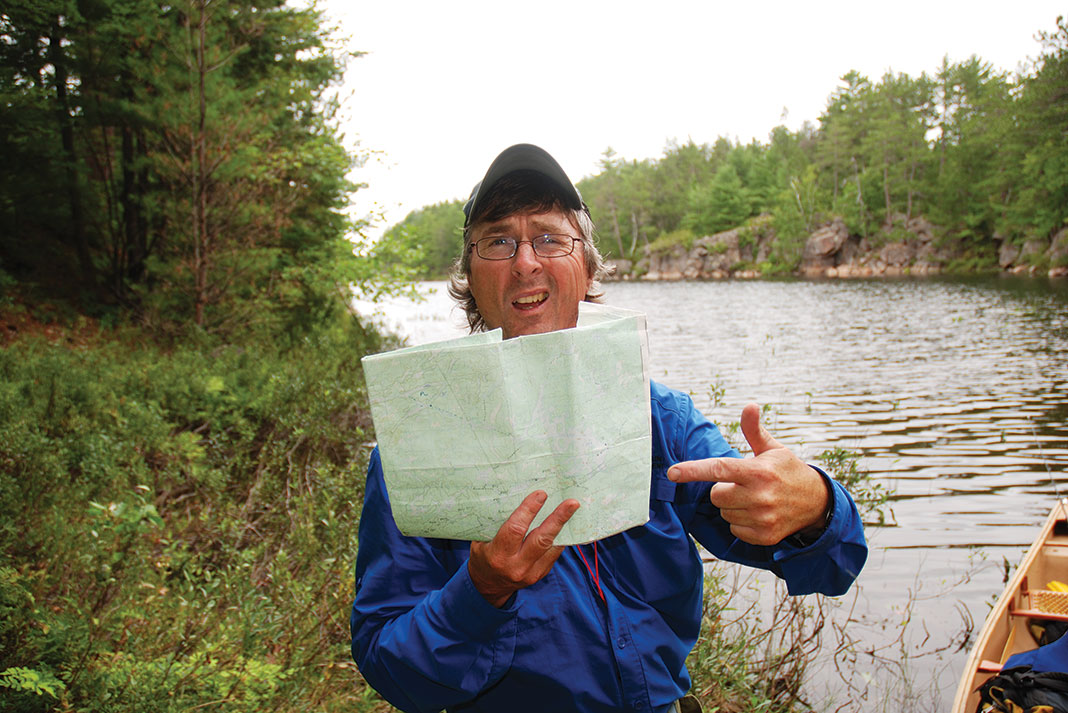

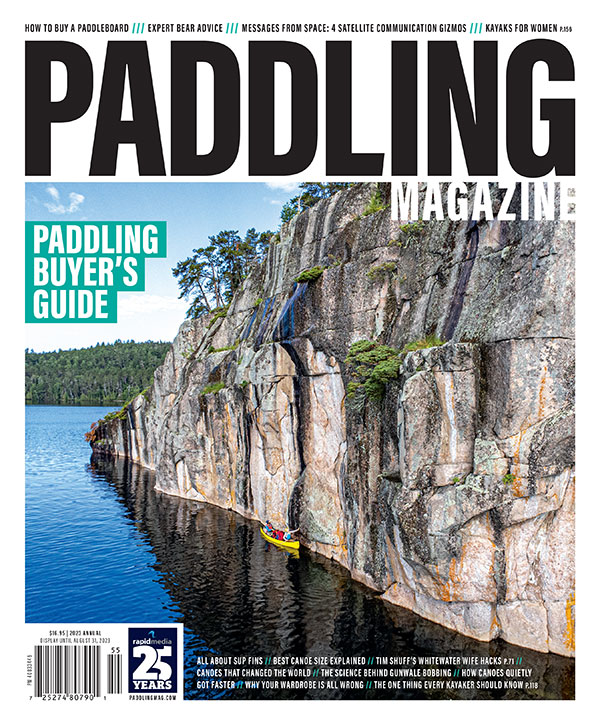 This article was first published in the Summer/Fall 2011 issue of Canoeroots Magazine and was republished in the 2023 Paddling Buyer’s Guide.
This article was first published in the Summer/Fall 2011 issue of Canoeroots Magazine and was republished in the 2023 Paddling Buyer’s Guide. 

